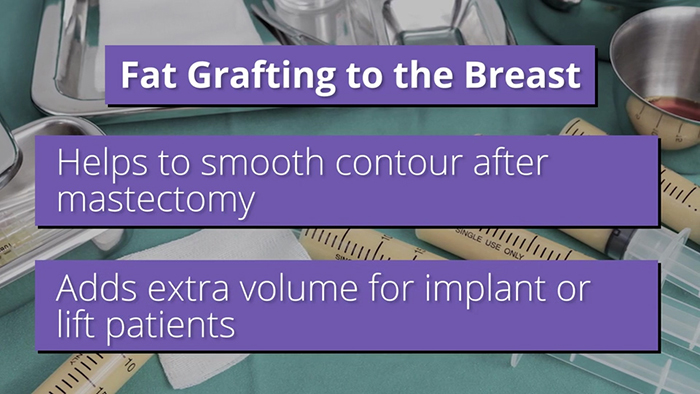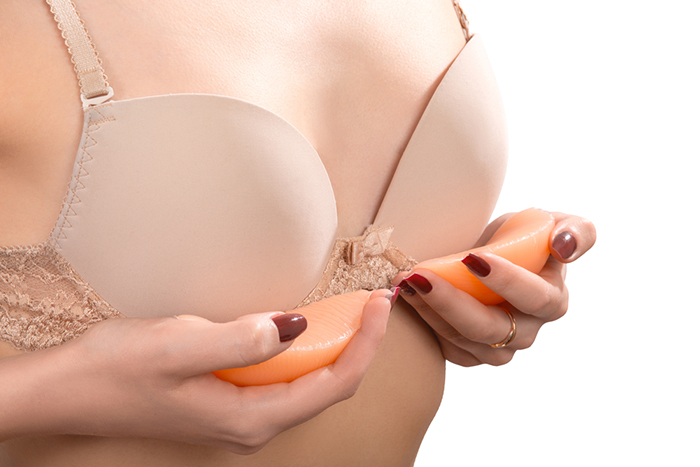Fat transfer – moving fat from one area of the body with excess to a region that needs volume – is no longer just a wish. Liposuction for removal and reinjection in the buttocks, breast, and even face add lost volume in the form of your own tissue. In fact, statistics from The American Society for Aesthetic Plastic Surgery show that fat transfer, as a whole, has grown in popularity almost 90% since 1997.
Dr. Robert Whitfield, a board certified plastic surgeon in Austin, TX is a breast surgery specialist and routinely uses fat grafting techniques to refine both cosmetic and reconstructive breast surgery. “Over the past several decades, tons of research have been done on fat grafting,” he shares. “It’s a very versatile tool and our patients are thrilled with the subtle refinements fat delivers to their overall result.”
Fat – A Precious Resource
Fear-mongering has targeted fat for decades, blaming the tissue and the food component for weight gain and a “round” appearance. The hatred for fat is starting to turn around!
Thanks to modern fat harvesting techniques, the ability to transfer fat has made it something to embrace. Liposuction in the abdominal area is the preferred site for obtaining fat for the procedures, but it can be harvested from the flanks and legs as well.
When it comes to fat transfer in breast augmentation, experts contend that given the breast’s make-up of fatty tissue, the use of autologous fat transplanted from elsewhere is in line with the basic plastic surgery principle of replacing “like with like.” Whitfield finds fat grafting particularly useful for improving the shape of the breast for his cosmetic patients, but especially for reconstruction patients.

Three Scenarios with Fat Transfer to the Breast
Depending upon the patient and their desires, Whitfield will recommend fat grafting for breast augmentation with or without implants or for reconstruction during or after a lumpectomy or mastectomy.
- Breast Augmentation – Those who desire a modest increase in breast size might be a good candidates for a “fat only” augmentation without an implant or incisions. The ideal candidates are women who already have nicely shaped breasts with good skin tone. Generally speaking anyone seeking more than a cup size can expect a better result with implants.
- Breast Implants + Fat – Dr. Whitfield usually counsels women with sagging breasts – or those desiring a significant increase and/or lift – to consider fat grafting as an adjunct procedure to further optimize their breast enhancement. Fat can smooth the contour on the décolletage, accent cleavage, or fill in the upper pole. On thinner patients it can disguise telltale implant rippling, softening the appearance of existing implants, and counteract a bony chest.
- Breast Reconstruction – Considered an expert in breast reconstruction, Dr. Whitfield often uses fat for breast defects following a lumpectomy. Fat is also a valuable tool to refine the results of a mastectomy, either in a single stage procedure or once expanders are removed and the implant is placed.
Even as rewarding as fat transfer is, Whitfield cautions, “You want the best board certified plastic surgeon with recognized experience in fat transfer and breast enhancement. Not all have the aesthetic ability to perform this 3D sculpting operation. Balancing safety and skill is paramount to the patient healing properly.”

A Naturally Beautiful Option
In summary, fat grafting to the breast can improve breast symmetry, implant palpability, regional augmentation, and is successful in correcting non-healing radiation injuries after breast reconstruction. Especially when used in reconstruction and in addition to augmentation, fat transfer is adding that final nuance that provides what most patients and great surgeons desire: a natural-looking breast.